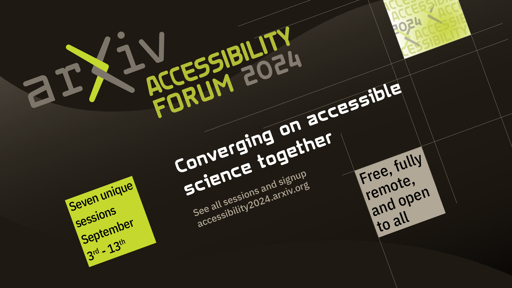You may have seen that cool new arXiv feature ‘experimental HTML’ - this is about stuff like that! Latex (and hence a lot of math research) is not well suited to screen readers, but HTML is. If you’d like to learn more about how your paper can be in the format, or just about how to make research more accessible, this could be useful!



It wont surprise you to hear that they don’t! And TikZ is one of the main packages not well supported by XML/HTML converters. You need the authors to add alt text; best method I’ve seen is to make the TikZ/PGF in a standalone file, import as a png/pdf with the graphicx package, and add alt text that way.
If you were an author here, how would you approach writing alt texts for this article?
Maybe alt texts aren’t the way to accessibility.
One upside of visual LLMs is that the user can prompt them, effectively interrogating the picture (but good luck debugging occasional nvidia/amd driver issues breaking the inference engine without using your sight).
I’d probably provide a link to a 3d-print of the tile, and/or describe the vague shape without the precise measurements. Something like “the tile is shaped like an isometric view of a top-hat, with a bite taken out of the top left”. To be honest, I don’t think the diagrams are all that load-bearing for people who can see either - hard to parse, impossible to tell if they are honest, etc. That’s why there’s so many proofs. Finally, for the actual connections one could break it into an adjacency graph. Each tile a vertex, each flat face dual to an edge (labeled with which face), and specify them out.
All this said; I’m not an expert. Part of why I’m excited for the forum and wanted to share.
And there is no “the” way to accessibility, surely. It takes dozens of things, most small. I agree visual LLMs will/have been a nice tool.